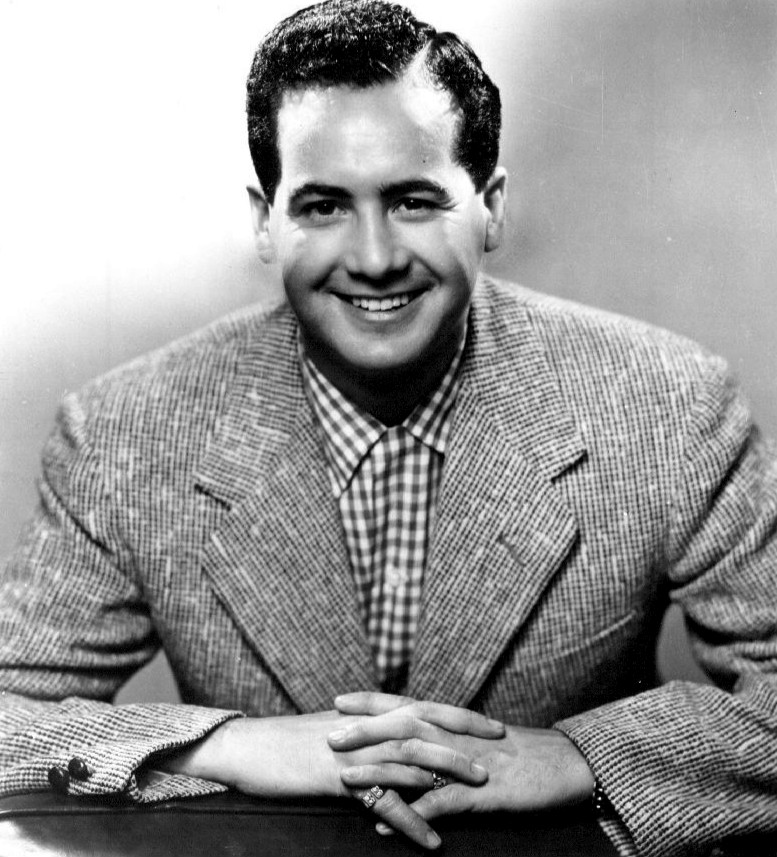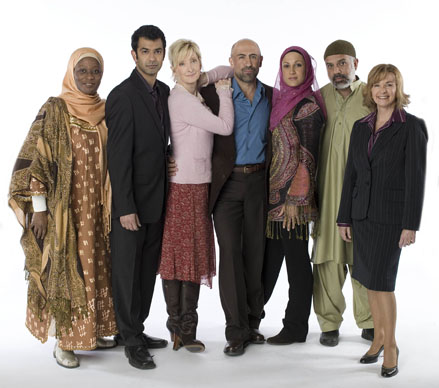
Early Years
Bobby Breen was born Isadore Borsuk. His parents were Jewish refugees from Ukraine who fled the turmoil of the Russian Revolution. As a child, he moved with his family to Toronto, where his parents ran a confectionary store.
Bobby’s older sister, Sally Borsuk (1918–2002), gained local recognition as a singer and in 1931 took her brother to a talent contest. Bobby sang without musical accompaniment and received a standing ovation. A week later, he was singing at Toronto’s Silver Slipper Club. That led to a two-year engagement at the famous Savarin Restaurant, where the boy with the beautiful soprano voice was a sensation that drew sell-out crowds. Bobby received singing lessons from vocal specialist Madame de Monterey, who had also trained Sally.
Early Career
With his 17-year-old sister accompanying him as guardian and agent, Bobby went to Chicago, where he sang at the Oriental Theatre. The manager gave them a letter of introduction to Boris Morros, the musical director for Paramount Theatres and one of the most influential men in the New York entertainment community. It was common for movie theatres to present live acts before the feature film, and Morros gave Bobby a two-week contract to sing in Paramount’s flagship New York cinema. With the money from that engagement, and from her own earnings as a cocktail waitress, Sally enrolled Bobby in the Professional Children’s School in New York.
In 1934, Harry Richman, a major Broadway musical star, went to the school in search of a child actor for his new production, Say When, starring Bob Hope. He chose Bobby out of the forty who auditioned. Say When closed after only six weeks, but it provided Bobby with exposure to such entertainment giants as Eddie Cantor, whose words of praise encouraged Sally to take Bobby to Hollywood.

Hollywood Stardom
In Los Angeles, Sally engaged Dr. Mario Marafioti as Bobby’s vocal coach. Sol Lesser, a producer at RKO Studios, heard Bobby at Marafioti’s and put him under contract. After discussions with Sally and her parents, who had joined them in Los Angeles, Lesser gave the new young star the stage name Bobby Breen. Breen later made the name change official.
In 1936, Breen made his film debut in Let’s Sing Again. The movie was a major success, and was followed that same year by Rainbow on the River. Practically overnight, Bobby Breen became one of the most popular child stars in America, on par with Mickey Rooney, Freddie Bartholomew and Shirley Temple. He sang on popular radio shows hosted by Eddie Cantor and Jack Benny, and his whole family was employed in answering fan mail. He earned approximately $50,000 a year and made eight movies between 1936 and 1939, appearing alongside such stars as Basil Rathbone, Charlie Ruggles, Margaret Hamilton and fellow Canadian Ned Sparks. However, his career effectively ended when he hit puberty and his voice changed. His final big-screen appearance was a cameo opposite fellow child stars Carl “Alfalfa” Switzer and George “Spanky” McFarland in Johnny Doughboy (1942).
Breen was educated by tutors while filming and in regular schools between movies, with a strong emphasis on musical training. He became an accomplished pianist and performed as a soloist with the Los Angeles Philharmonic. During the Second World War, Breen volunteered for the United States Army and entertained troops in the company of such stars as Rooney, Red Buttons and Broderick Crawford. He was awarded the Bronze Star for his wartime work.

Post-Hollywood Career
After the war, Breen was a popular performer in theatres and nightclubs. He hosted television shows, performed at charity events and played piano in the NBC Radio orchestra. He and his wife eventually moved to Tamarac, Florida, and founded the Bobby Breen Talent Agency, which booked acts for retirement homes and cruises. In 1964, Breen became the first White performer to be recorded by Berry Gordy’s Motown label, although the recording was never released. In 1967, Breen became a part of pop culture lore when The Beatles included his image over George Harrison’s shoulder in the collage on the cover of the album Sgt. Pepper’s Lonely Hearts Club Band.

 Share on Facebook
Share on Facebook Share on X
Share on X Share by Email
Share by Email Share on Google Classroom
Share on Google Classroom


